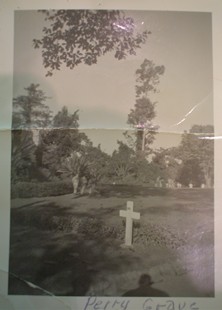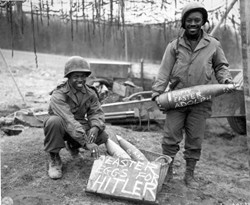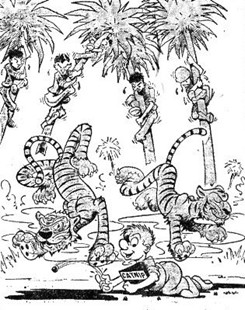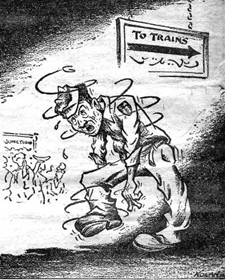
It’s not often that Microkhan has a personal stake in the day’s big news. But the curious case of Jonathan Lee Riches, a.k.a. Irving Picard, is a notable exception. Riches, a federal inmate doing a stint for wire fraud, has apparently passed the time by engaging in a most curious hobby: Filing as many frivolous lawsuits as he possibly can. He’s now up to 4,000 by his own count, and openly boasts that he “flush[es] out more lawsuits than a sewer.” (Yes, that analogy makes no sense when you really think about it, but you get the jist.) Yet Riches seems none-too-amused by the Guinness Book of World Records‘ attempt to name him the most litigous person on the planet. And so, predictably, he’s suing the book’s publisher.
So where does Microkhan fit into Riches’ tale? We’re proud to say that we’ve been on the receiving end of his legal wrath, along with such luminaries as Bill Belichick, Martha Stewart, and I Can’t Believe It’s Not Better. The image above is from his December 2007 filing against us; the complaint reads in full:
I get no medical treatment in solitary. My ankle got twisted, I weigh only 120 lbs. at 5 ft. 10 inches. Defendant is responsible. Defendant is violating my civil rights. I seek $4 million.
You can read the full document in all its Adobe Acrobat glory here: Riches v. Koerner.
Somewhat to our chagrin, we never got our day in court. Due to the sheer volume of Riches’ lawsuits, a federal judge in South Carolina slapped a special restriction on him—unless he could come up with a pretty high filing fee, Riches is forbidden to proceed. Needless to say, then, none of his cases have gotten very far.
But he’s due out in 2012, and his personal brand couldn’t be hotter right now. We smell an appearance on Celebrity Fit Club.
















